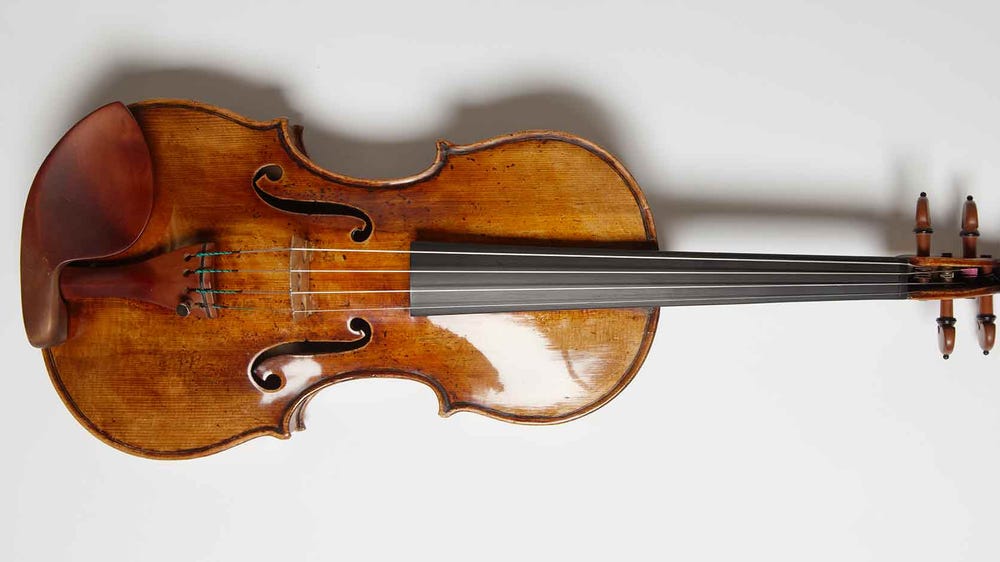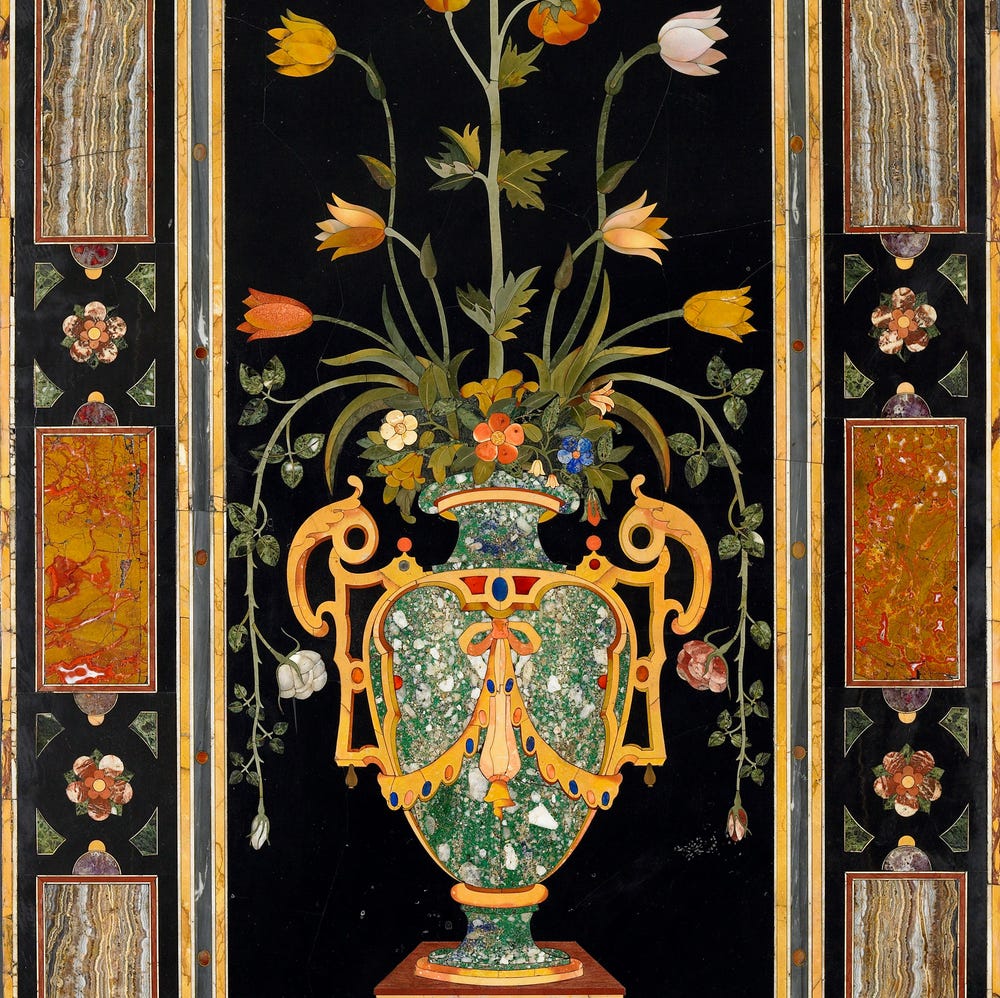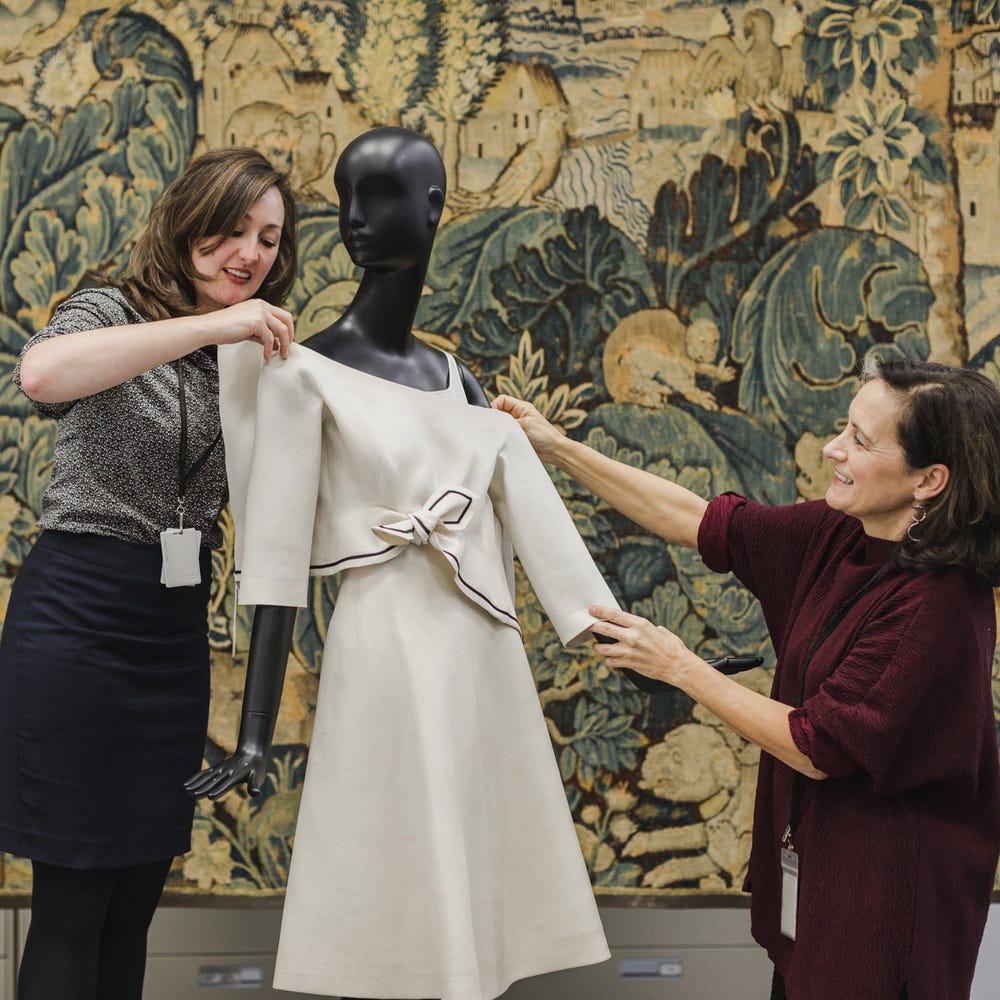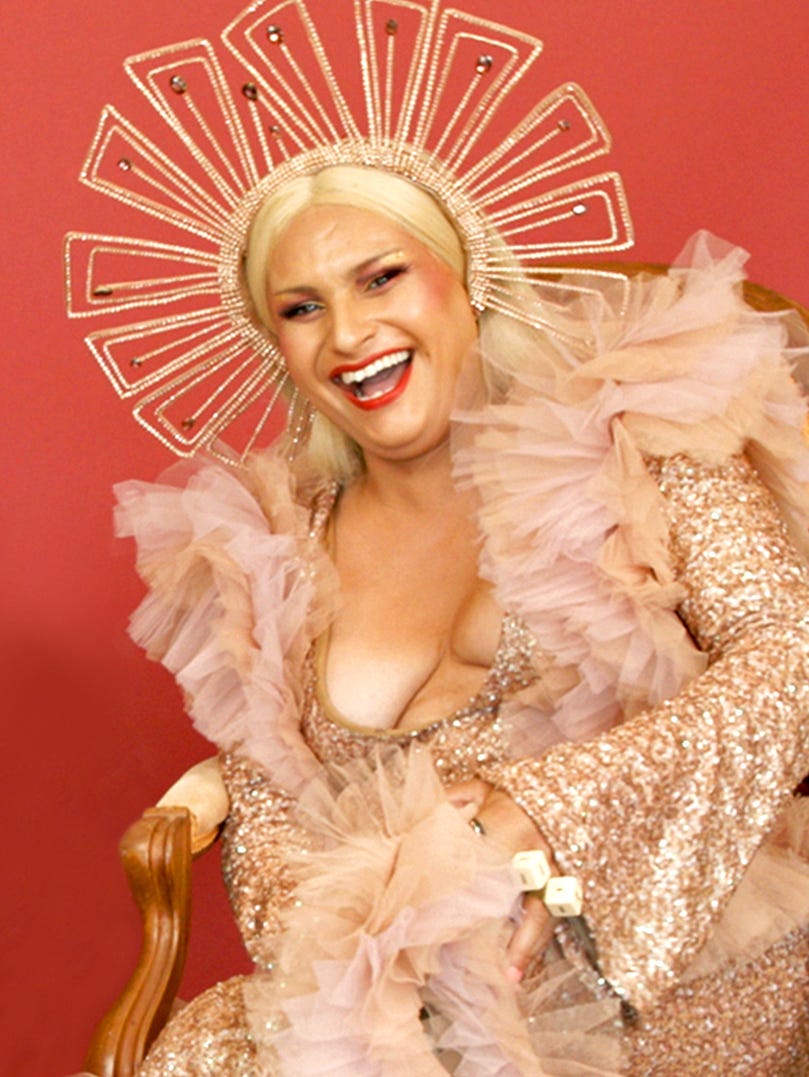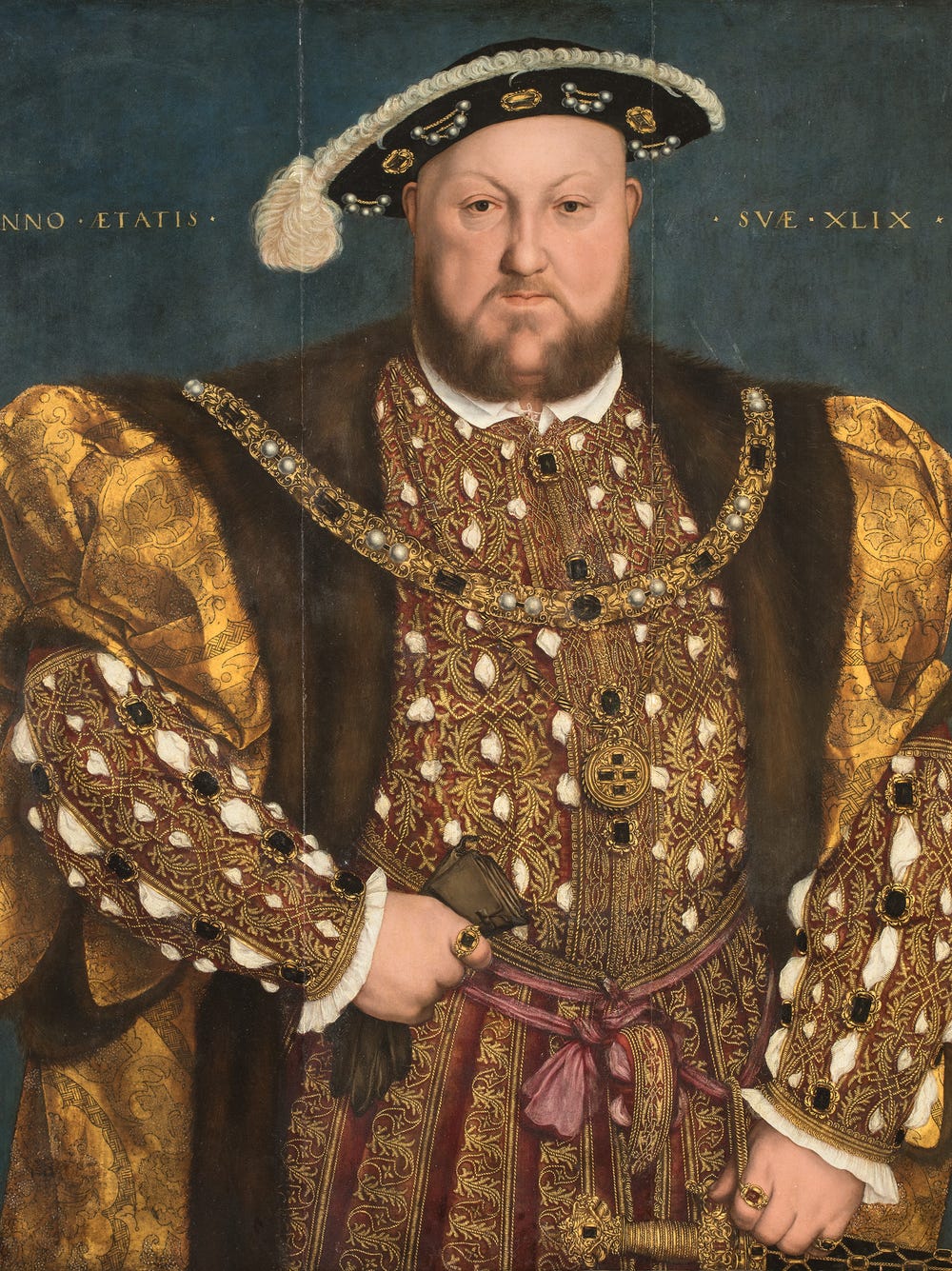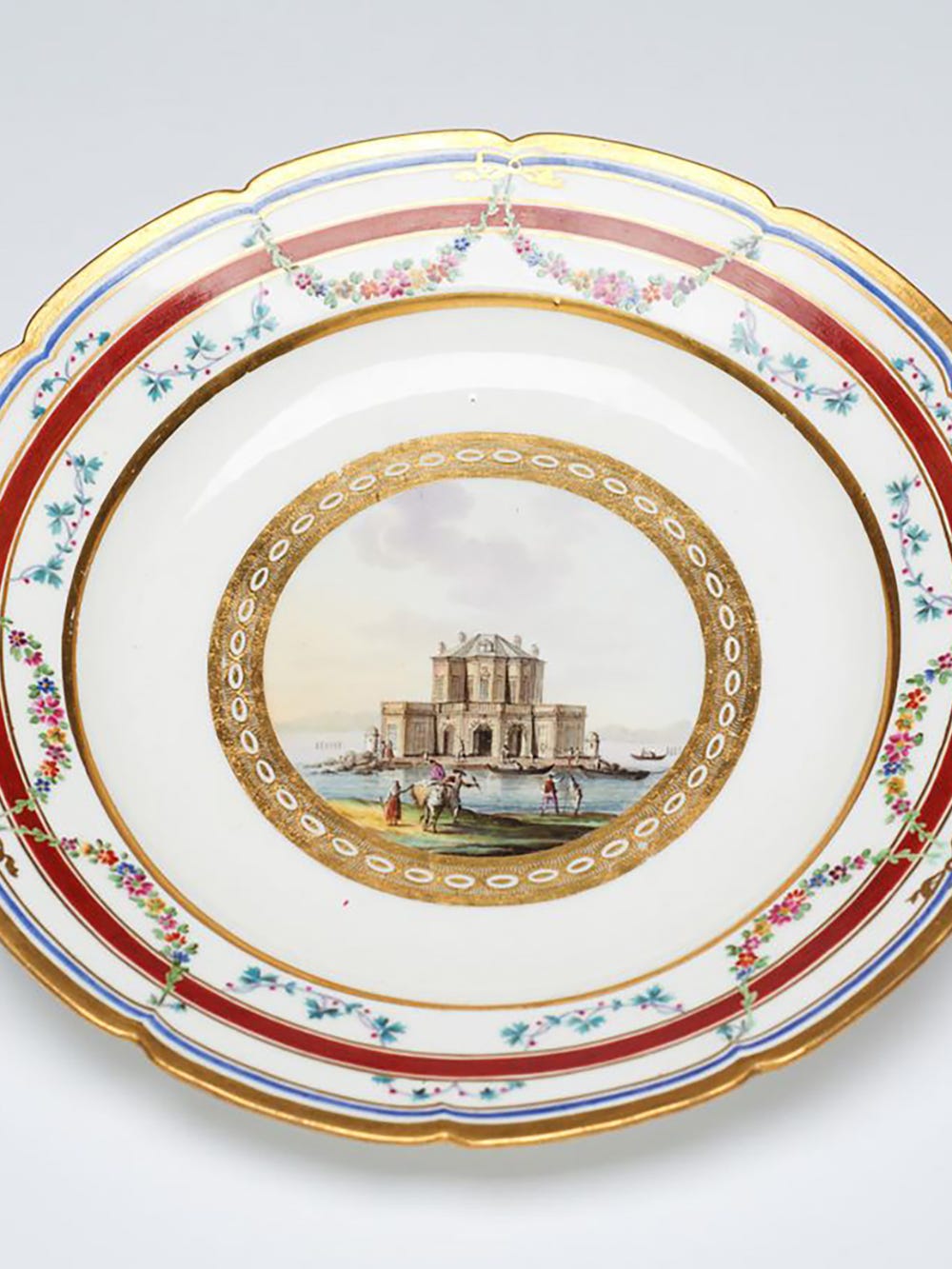In 1989, the Fine Arts Museums became permanent caretakers for a very special musical instrument: a 1742 Guarneri violin, bequeathed by one of the world’s most accomplished and influential violinists, Jascha Heifetz (1901 – 1987). This violin is known as the “David” for one of its earliest owners, the German virtuoso and composer Ferdinand David (1810 – 1873). Bartolomeo Giuseppe Antonio Guarneri (1698 – 1744), known as del Gesù, was one of history’s most important makers of violins. Fewer than 200 of Guarneri's instruments survive, and these are coveted by violinists, who prize their distinct tones. The Guarneri was Heifetz’s favorite of his violins and the one he used on most of his recordings.
Proper conservation of such quality instruments requires that they be played from time to time — a condition stipulated in Heifetz’s will — and the violin has been offered for occasional performances by players such as Isaac Stern, Itzhak Perlman, and Gil Shaham. In 2002, an arrangement was made with the San Francisco Symphony to put the David into the hands of concertmaster Alexander Barantschik, who has used this as his primary instrument ever since, playing it throughout each symphony season and in an annual series of chamber music concerts presented at the Legion of Honor’s Florence Gould Theater. In honor of Heifetz’s 115th birthday (February 2, 2016), we took the opportunity to speak with Barantschik about this rare instrument.
How would you describe the quality of the David and its tone, compared with modern instruments?
I don’t know much about modern instruments, as my own violin was made in the 18th century. Every violin has its own character, and you can tell the differences between them. In the end, the quality of tone you will hear depends on its player. When we say we recognize the sound of a certain violinist, it is first and foremost due to the person behind the instrument.
A great violin widens a player’s horizons and creates the possibilities of producing different sounds and shadings. The value of the instrument is in inspiring each player to search for wider possibilities. Compare a painter who has 20 colors to use with one who has 200 different shades — you can imagine how the two paintings they produce might be different.
On a personal note, the Guarneri has made me enjoy practicing more than I ever did before. It’s fun to see how much it can give you in return. It is a mutual process of the player and the violin getting to know one another.
Today there is a lot of technology and the ability to take measurements in order to determine how a violin can make certain sounds. Yet violinmakers today cannot achieve the same results you sometimes find in very old instruments. At the time the Guarneri violin was made, even the wood they used was already 200 years old, from a variety of spruce in Lebanon that does not exist anymore. One theory holds that the climate was much cooler at that time, resulting in a wood with much higher density and the ability to deliver a richer sound. The varnish they used is also a possibility. But the reason for the distinct sound remains a mystery — which delights me. Not everything in music can be explained. There must be some magic.
Has playing the David taught you to play differently? Are there any works for which it is particularly well suited?
I can’t say I’m playing differently, but the Guarneri violins are capricious and not easy to play. The player needs to find the best way to reach 100 percent of the instrument’s potential. This may require microscopic adjustments to how you play, for example, finding the right spot where the bow should touch the string. In the end, your ears show you the way.
When I encountered the David it was sleeping and needed to be woken up. Great violins can be user-friendly immediately, or as with this one, can take more time to get to know. However, the potential of the violin, whether it is great or not, is usually instantly clear.
I don’t think there are any works in particular it is good for; its greatness is that it plays beautifully in any style. Another quality of a great instrument is that it can take the heavy pressure of the bow to make a very strong sound. Also, as a soloist performing early-music pieces in small ensembles or chamber concerts, I can make even a soft melody and the projection is there — much as a great actor can whisper on stage and be heard by people in the back row of the audience. However you play, it will respond.
You have called Jascha Heifetz an idol of yours. What can you tell us about him and the other players whose hands this violin has passed through?
I trained at the Saint Petersburg Conservatory and took lessons in the same room where Heifetz studied under his teacher, Leopold Auer. Their two portraits stared me in the face while I practiced and learned, right there before my eyes. Heifetz’z recordings were popular when I was a child. They were the perfect example of how to play. I listened and was mesmerized. The sound he was making is, to my ears, still the best. There are many phenomenal violinists, but he is the one who puts a smile on my face. He is simply the best. I didn’t know this violin was in San Francisco until I came here. Life is so unpredictable! If someone had told me then, back in Saint Petersburg, that I would one day be playing Heifetz’s violin, I would have died on the spot.
As for Ferdinand David, it is impossible to speculate on his style of playing, as there are no recordings, but he was one of the most important players and teachers of his time, as well as a composer. He was also a close friend of Mendelssohn. He owned many other violins, and as the concertmaster in Leipzig, he had many violins available to him. This was perhaps his favorite, as there are indications he played it as the soloist for the premiere of Mendelssohn’s Violin Concerto in E minor [in 1845]. It is a lesser-known fact that the violin was also, for a short time, in the hands of another great violinist and composer, the Spanish Pablo de Sarasate, and we don’t know how many other hands the instrument may have passed through.
Heifetz’s father had bought him his first violin, which he kept until his death, but he needed something more powerful, when he purchased the David. Heifetz had other instruments, including a Stradivarius. Rumor has it that whenever he used the Strad, his reviews were not as great as when he used his David.
View the David in our online collections.
